| description |
A grayish brown species with highly mottled wings that sometimes have a faint U-shaped transverse brown band. The thorax tends to be a fairly dark brown, and the wing veins are pale with small black spots along their length; the venation near the wing tips is bold, lacking black spots. The underside tends to be a pale brownish color, and the face is pale yellowish-brown in color. There are two pale white bands across the face: a typically incomplete band in the middle, between the base of the eyes, and an incomplete one along the edge of the clypeus. The clypeus itself is concolorous with the rest of the frons. Adults range in length from 3.1-5.8 mm. (O'Brien, 1971) |
| comments |
The wing pattern of C. carolina very closely resembles that of C. lunata, so a picture of the face pattern is necessary in distinguishing these two species. The face of lunata is noticeably darker than that of carolina, being orange-brown with a bold, broad white transverse band in the middle; carolina has a paler face lacking highly contrasting colorful bands; instead, there is an incomplete white band across the middle of an otherwise yellowish-brown face.
This species is also similar to C. pumila, which too has a similar wing color and pattern. In order to best distinguish the two species, the size and face pattern are important. C. pumila is [typically] noticeably smaller than C. carolina: see a nice comparison DLT-cQuSjQ-cQu8To' target='_blank'>here. The face of C. pumila can vary from being a light uniform yellowish-brown with no markings to having light brown markings with a faint, broad pale band across the middle of the face (UDEL). It is therefore necessary to photograph the face to make an identification possible among individuals that may represent one of these species. |
Species Photo Gallery for Catonia carolina No Common Name |
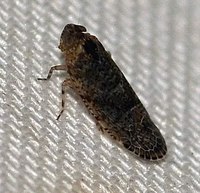 | Photo by: Paul Scharf
Warren Co.
Comment: These are fairly common in Aug and are attracted to the Black Light. However, a facial photo is required for positive ID. Several observed and photographed 12 & 13 Aug 2013 | 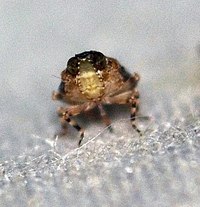 | Photo by: Paul Scharf
Warren Co.
Comment: These are fairly common in Aug and are attracted to the Black Light. However, a facial photo is required for positive ID. Several observed and photographed 12 & 13 Aug 2013 |
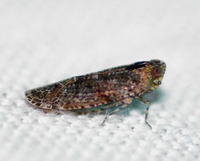 | Photo by: Kyle Kittelberger, Brian Bockhahn, Paul Scharf
Warren Co.
Comment: mixed hardwood, open forest near lake edge |  | Photo by: Kyle Kittelberger, Brian Bockhahn, Paul Scharf
Warren Co.
Comment: mixed hardwood, open forest near lake edge |
 | Photo by: Kyle Kittelberger, Brian Bockhahn, Paul Scharf
Warren Co.
Comment: mixed hardwood, open forest near lake edge | 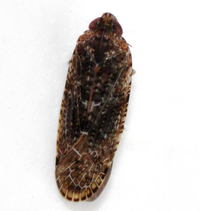 | Photo by: Kyle Kittelberger, Brian Bockhahn, Paul Scharf
Warren Co.
Comment: mixed hardwood, open forest near lake edge |
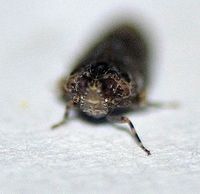 | Photo by: Paul Scharf
Warren Co.
Comment: Attracted to Black light | 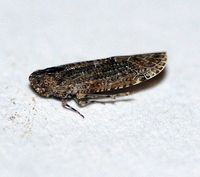 | Photo by: Paul Scharf
Warren Co.
Comment: Attracted to Black light |
 | Photo by: Kyle Kittelberger
Wake Co.
Comment: open habitat near mixed hardwood forest edge; on a lawn | 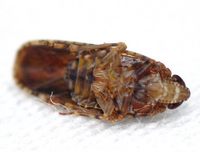 | Photo by: Kyle Kittelberger
Wake Co.
Comment: open habitat near mixed hardwood forest edge; on a lawn |
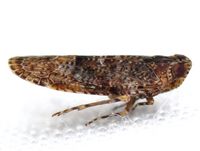 | Photo by: Kyle Kittelberger
Wake Co.
Comment: open habitat near mixed hardwood forest edge; on a lawn | 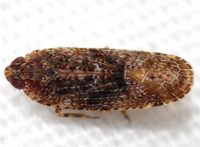 | Photo by: Kyle Kittelberger
Wake Co.
Comment: open habitat near mixed hardwood forest edge; on a lawn |
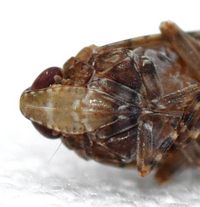 | Photo by: Kyle Kittelberger, Brian Bockhahn
Rockingham Co.
Comment: grassy area near mixed hardwood forest and a pond | 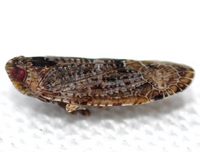 | Photo by: Kyle Kittelberger, Brian Bockhahn
Rockingham Co.
Comment: grassy area near mixed hardwood forest and a pond |
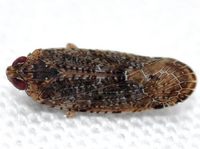 | Photo by: Kyle Kittelberger, Brian Bockhahn
Rockingham Co.
Comment: grassy area near mixed hardwood forest and a pond | 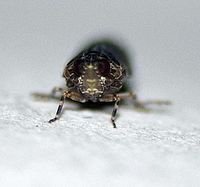 | Photo by: Paul Scharf
Warren Co.
Comment: Attracted to Black Light |
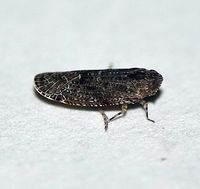 | Photo by: Paul Scharf
Warren Co.
Comment: Attracted to Black Light | 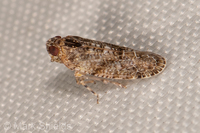 | Photo by: Mark Shields
Onslow Co.
Comment: |
 | Photo by: Mark Shields
Onslow Co.
Comment: |

 »
»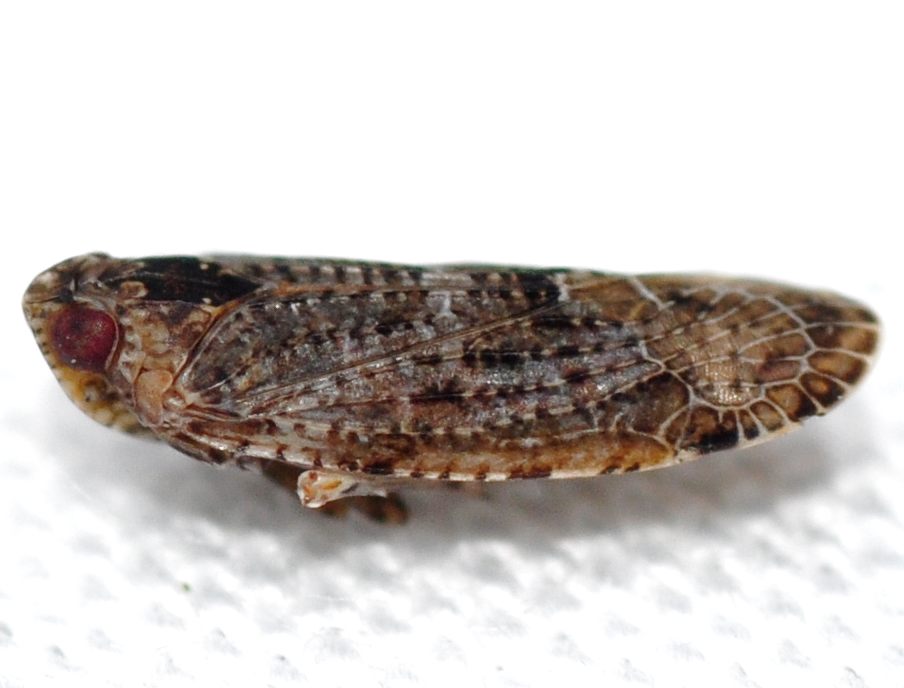
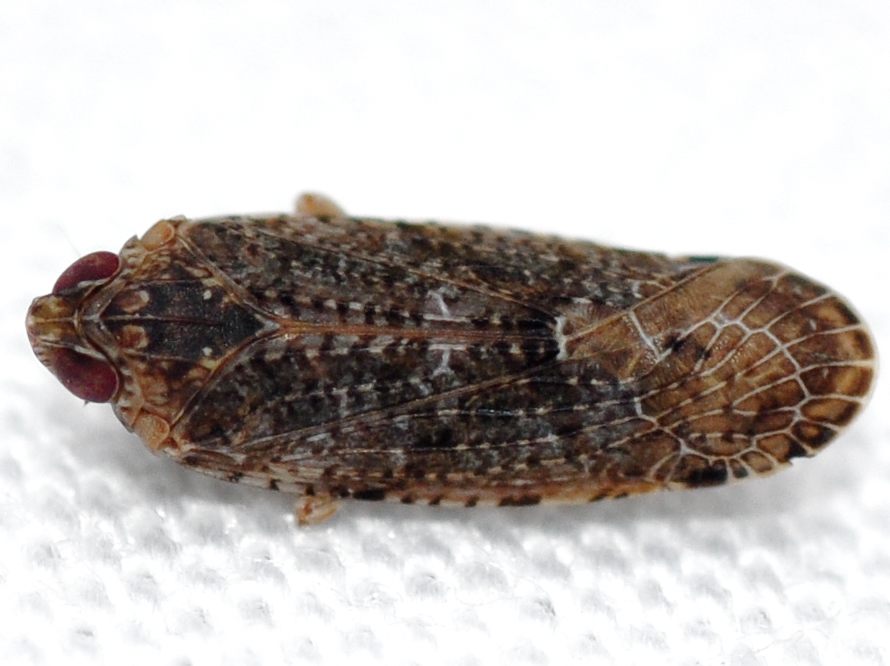


 »
»

